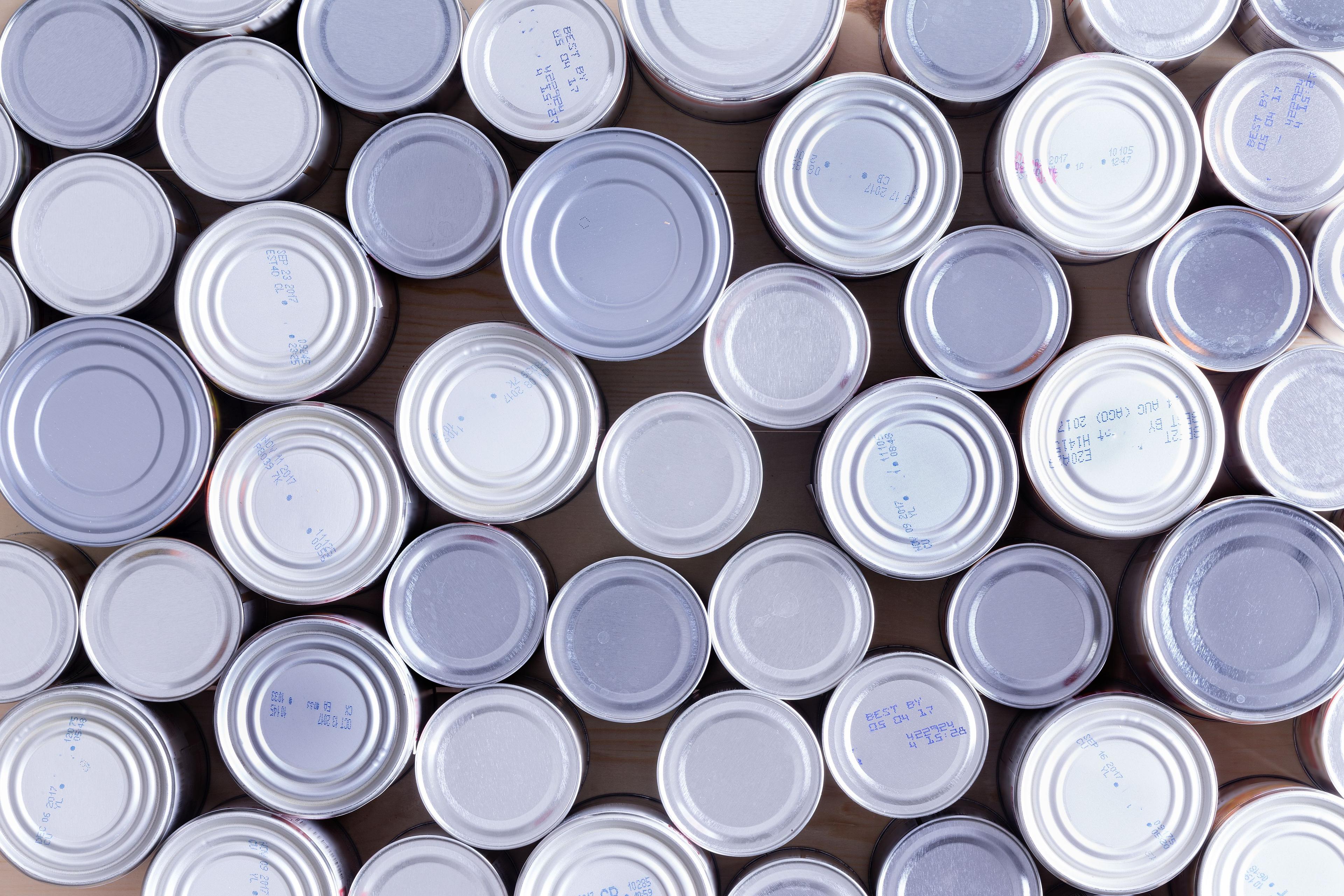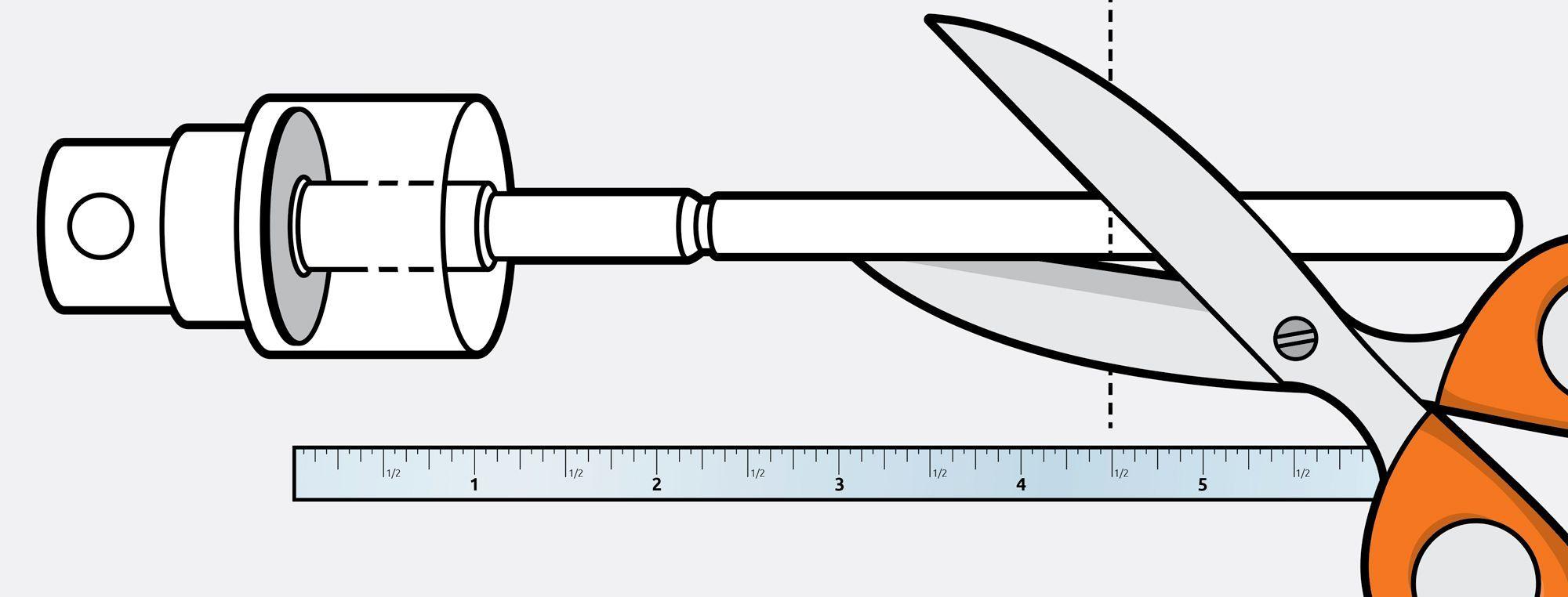Amber Glass Jars vs. Clear Glass: Which Is Better?


When choosing glass packaging for your products, one of the most important decisions is whether to use amber glass jars or clear glass jars. While both options have their benefits, the best choice depends on your specific needs, including product protection, aesthetics, and branding.
In this article, we’ll explore the key differences between amber glass and clear glass, their pros and cons, and the best applications for each. By the end, you’ll have a clear understanding of which glass type is best suited for your products.
1. Light Protection: Amber Glass Offers Superior UV Protection
One of the biggest advantages of amber glass is its ability to block harmful ultraviolet (UV) light. This is crucial for products that are sensitive to light exposure, such as:
- Essential oils
- Pharmaceuticals
- Skincare products
- Beverages like beer and kombucha
Clear glass, on the other hand, does not block UV light, making it less suitable for light-sensitive products. Without protection, exposure to sunlight can cause oxidation, degradation, and spoilage.
The Science Behind UV Protection
Amber glass absorbs wavelengths below 450 nanometers, preventing harmful UV rays from altering the composition of stored products. This is especially critical for organic compounds, which can degrade and lose effectiveness under prolonged light exposure.
Case Study: Beer and UV Exposure
Beer stored in clear glass is highly susceptible to "skunky" off-flavors caused by UV exposure breaking down hop compounds. Breweries predominantly use amber bottles to maintain flavor integrity and product consistency.
Winner: Amber Glass
If your product is sensitive to light, amber glass is the superior choice.
2. Aesthetic Appeal: Clear Glass for Product Visibility
While amber glass is great for protection, clear glass excels in presentation. Clear glass allows customers to see the product inside, making it ideal for items where visual appeal is a selling point, such as:
- Gourmet food and spices
- Decorative candles
- High-end skincare products
- Specialty drinks
Amber glass, by contrast, obscures the contents, which can be a drawback for brands that rely on product visibility to attract buyers.
The Psychology of Product Visibility
Consumers are more likely to purchase a product if they can see what they’re buying. Clear glass helps build trust and confidence, particularly for food and beverage items where customers want to inspect the quality before purchasing.
Customization & Branding
Both amber and clear glass offer custom branding opportunities. Clear glass, however, pairs exceptionally well with:
- Frosted or tinted designs for added elegance
- Custom-printed labels for enhanced branding
- Minimalist and transparent packaging aesthetics
Winner: Clear Glass
If you want your product to be fully visible on store shelves, clear glass is the better option.
3. Sustainability & Environmental Impact
Both amber and clear glass are 100% recyclable, making them excellent sustainable packaging choices. However, amber glass is often made from a higher percentage of recycled materials compared to clear glass, making it slightly more environmentally friendly.
Additionally, because amber glass protects against UV light, it can help products last longer, reducing food and cosmetic waste.
Reusability & Consumer Perception
Amber glass is often repurposed by consumers for:
- DIY home storage
- Upcycling projects
- Decorative uses
Clear glass is also reusable but tends to be replaced more frequently due to aesthetic wear such as scratches or clouding over time.
Winner: Amber Glass (slightly)
For brands focusing on sustainability, amber glass has a slight edge due to its ability to extend product life and its higher recycled content.
4. Versatility: Which Glass Type Works Best for Various Applications?
The choice between amber and clear glass depends on what kind of product you’re packaging. Here’s a breakdown:
Product Type | Best Choice | Reason |
| Essential Oils | Amber | Protects against UV light degradation |
| Perfumes | Clear | Enhances visibility of liquid color |
| Craft Beer | Amber | Prevents spoilage from UV exposure |
| Spices | Clear | Customers can see the vibrant colors |
| Skincare Serums | Amber | Prevents oxidation of active ingredients |
| Decorative Candles | Clear | Showcases wax color and design |
| Specialty Drinks | Clear or Amber | Depends on branding and light sensitivity |
Emerging Market Trends
- Amber glass is becoming a preferred choice for organic and eco-conscious brands.
- Clear glass remains dominant in premium cosmetic and fragrance industries.
- Hybrid designs with tinted or frosted clear glass are rising in popularity.
Winner: It Depends
Your choice should align with your product’s specific needs and branding strategy.
5. Cost Considerations
Generally, clear glass is more affordable than amber glass. Because amber glass requires additional materials and processing to achieve its signature color, it tends to be slightly more expensive.
For brands looking to cut costs without compromising aesthetics, clear glass may be the better option. However, if product longevity and protection are top priorities, the added investment in amber glass can be worthwhile.
Long-Term Cost Savings with Amber Glass
While amber glass may have a higher initial cost, its ability to extend shelf life can save money in the long run by:
- Reducing product spoilage and returns
- Maintaining ingredient potency longer
- Enhancing overall brand reputation and trust
Winner: Clear Glass
If budget is a key factor, clear glass is usually the more cost-effective option.
Which Glass Type Should You Choose?
The choice between amber glass and clear glass depends on your specific product needs. Here’s a quick summary to help you decide:
- Choose Amber Glass If:
- Your product is light-sensitive (e.g., essential oils, skincare, beer).
- You want a more sustainable packaging option.
- You prioritize product longevity over visibility.
- Choose Clear Glass If:
- You want to showcase the product inside (e.g., spices, candles, drinks).
- You need a cost-effective packaging solution.
- Your product is not highly sensitive to UV light.
Ultimately, the best choice depends on your product’s needs, branding, and customer preferences. Whether you opt for amber or clear glass, both options provide high-quality, recyclable, and versatile packaging solutions.
Explore Your Packaging Options
At Container & Packaging, we offer a wide variety of amber and clear glass jars to suit your needs. Browse our selection today and find the perfect packaging solution for your brand!





